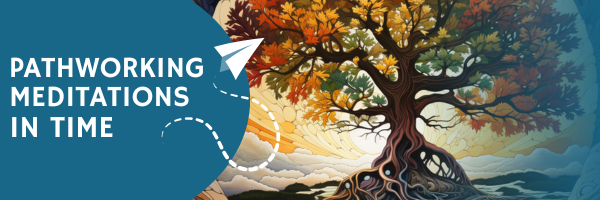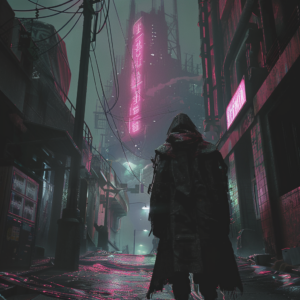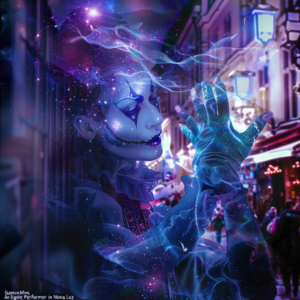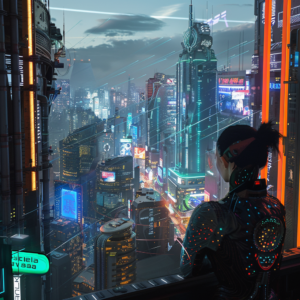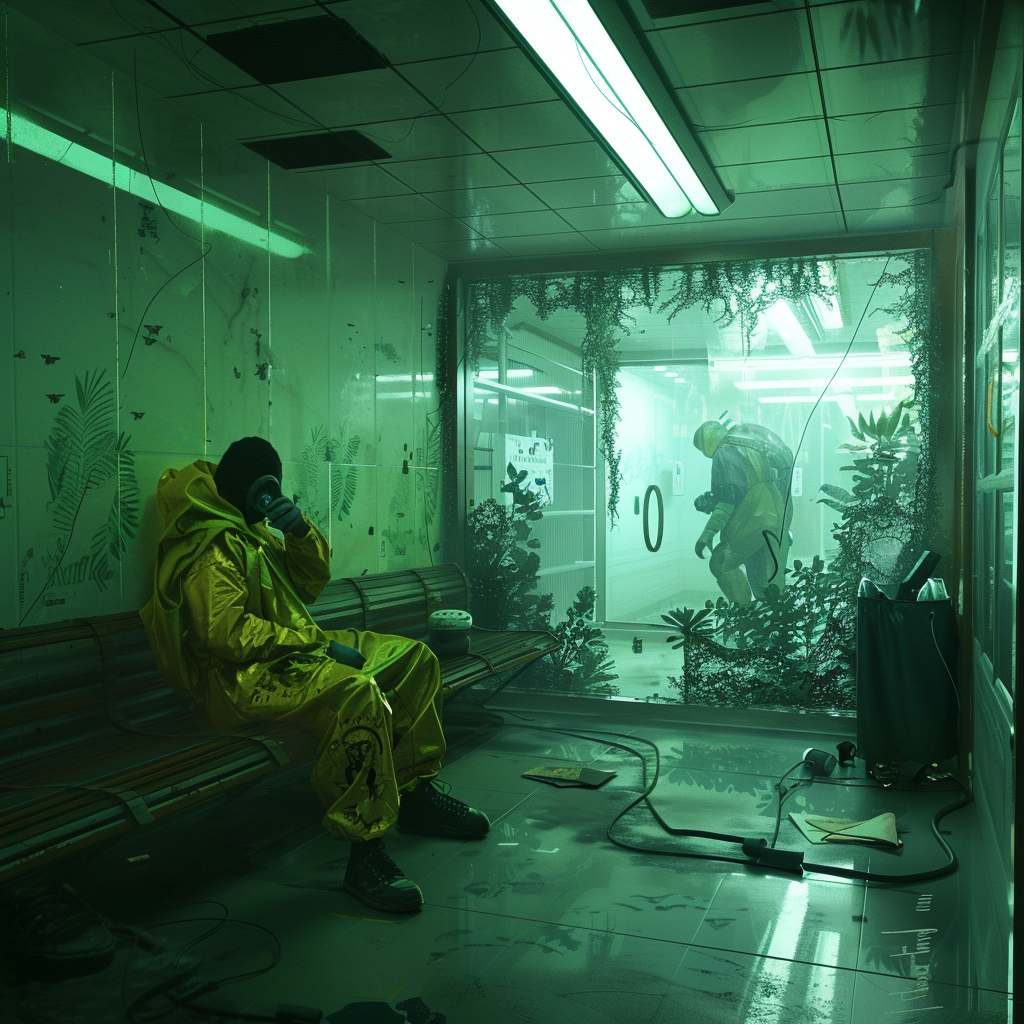
The neon-lit lobby buzzed with antiseptic sterility as new arrivals, haunted by their addictions, stepped into the Enhanced Rehabilitation Center.
The first was Liam, a former bioengineer with hollow cheeks and trembling hands, haunted by a synthetic opioid of his creation. A genius held captive by his masterpiece, he was desperate for salvation. And then there was Maya, a once vibrant artist whose life was dulled and distorted by hallucinogen dependency, her lively spirit muted, replaced by the constant craving for escape.
Their surroundings were stark, a fusion of steel, glass, and white light. But beyond this harsh, clinical facade lay the promise of a future free from addiction’s ruthless grip. The center employed cutting-edge transhumanist interventions, combining biotech and nanotech, AI, and immersive VR. Each tool was designed to re-engineer the addicted brain, to rewrite the narrative etched into each synapse.
Liam’s therapy began with personalized genetic intervention, leveraging CRISPR to snip away the blueprint of his opioid dependency. Bioengineers guided nanobots with surgeon-like precision to remove addiction at its source, replacing it with resilience and strength.
Maya’s journey to recovery embraced the power of VR. In her headset, she faced the beasts of her dependency in otherworldly arenas. Every victory, every conquered beast, rewired her neural circuits, making reality more appealing than hallucinogenic escape.
The days flowed into each other, marked by therapy sessions, conversations on ethics, and the inescapable struggle against relapse. They learned about the power of their interventions, potential abuses, and the thin line between cure and manipulation.
Every victory was celebrated; every stumble met with empathy. They became a family bound by shared experiences in this uncanny nexus of humanity and technology. Every triumph and every setback added a thread to the vibrant tapestry of their journey, weaving a complex narrative of resilience and recovery.
Their journey was fraught with ethical dilemmas and moral quandaries. The center’s approach to recovery teetered on the precipice of playing God. But for those trapped in the labyrinth of addiction, the transhumanist key offered a glimpse of escape, a promise of freedom.
Ultimately, they were not merely survivors but warriors, each bearing scars of battles fought within the mind’s neural trenches. They were a testament to the power of technology to rewrite destiny to liberate humanity from its self-imposed shackles.
The Enhanced Rehabilitation Center, once a house of last hopes, had become a beacon of new beginnings, its transhumanist flame illuminating the path from addiction’s darkness towards the dawn of recovery. The light had been harsh, blinding even, but it promised a future, and they stepped forward into the brightness.
